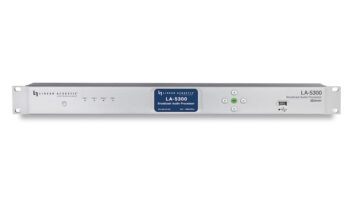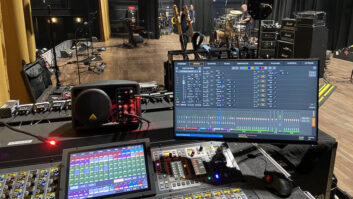What exactly is a “cold” solder joint? Prior to soldering, most components are “stuck” to the printed circuit board (PCB) by their legs, which are also called “leads.” The PCB is “wave soldered,” a process that electrically bonds the joint where the lead meets its designated PCB “pad.” The primary problem associated with this process is the consistency of the soldered connections across the board.
Big, heavy transistors need more solder than resistors, capacitors or ICs. In addition, transistors, connectors, pots and switches too often rely solely on the solder for physical support as well as the electrical connection. The PCB design, its temperature presoldering and the solder temperature must be just right so that all connections are well-made (shiny, not crystallized). Enough time must be allowed post-soldering before the board “travels,” because vibrations can corrupt solder that has not yet fully cooled. Post-manufacture temperature changes, vibration and “road use” will all conspire to weaken the vulnerable joints until the connection becomes intermittent. This is especially true of the “wear items,” especially connectors and heavy parts like TO-220-style power transistors.







